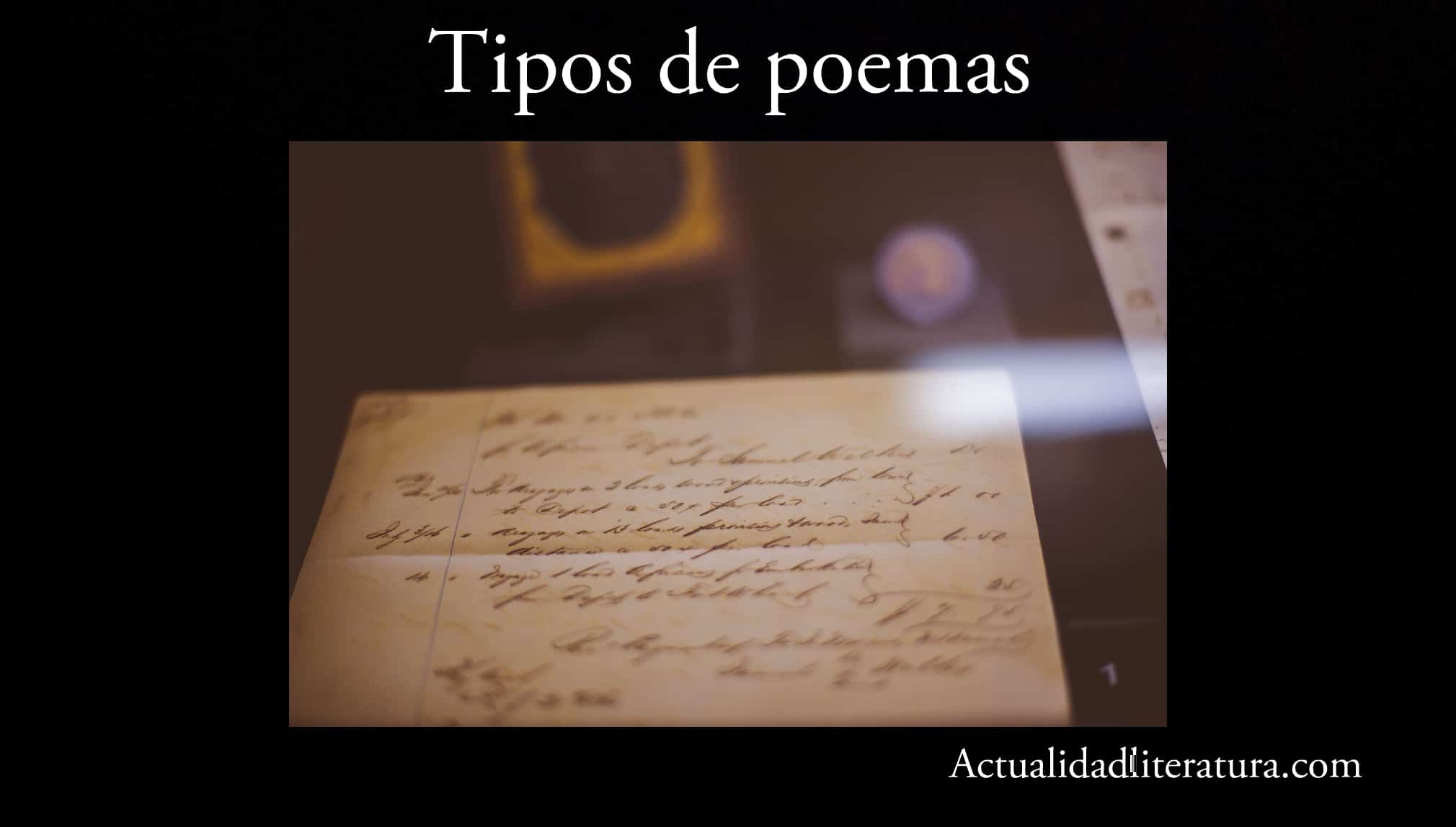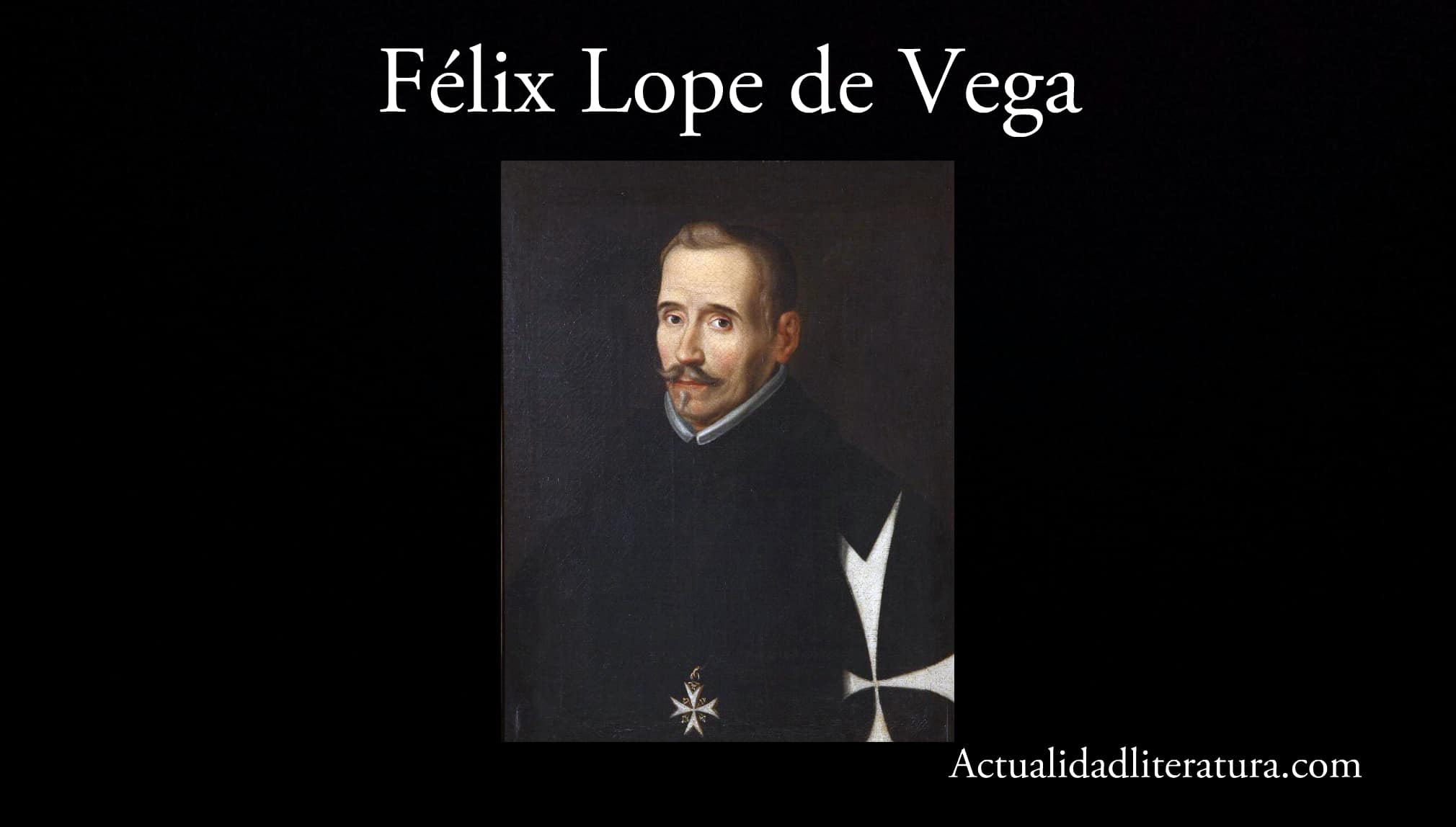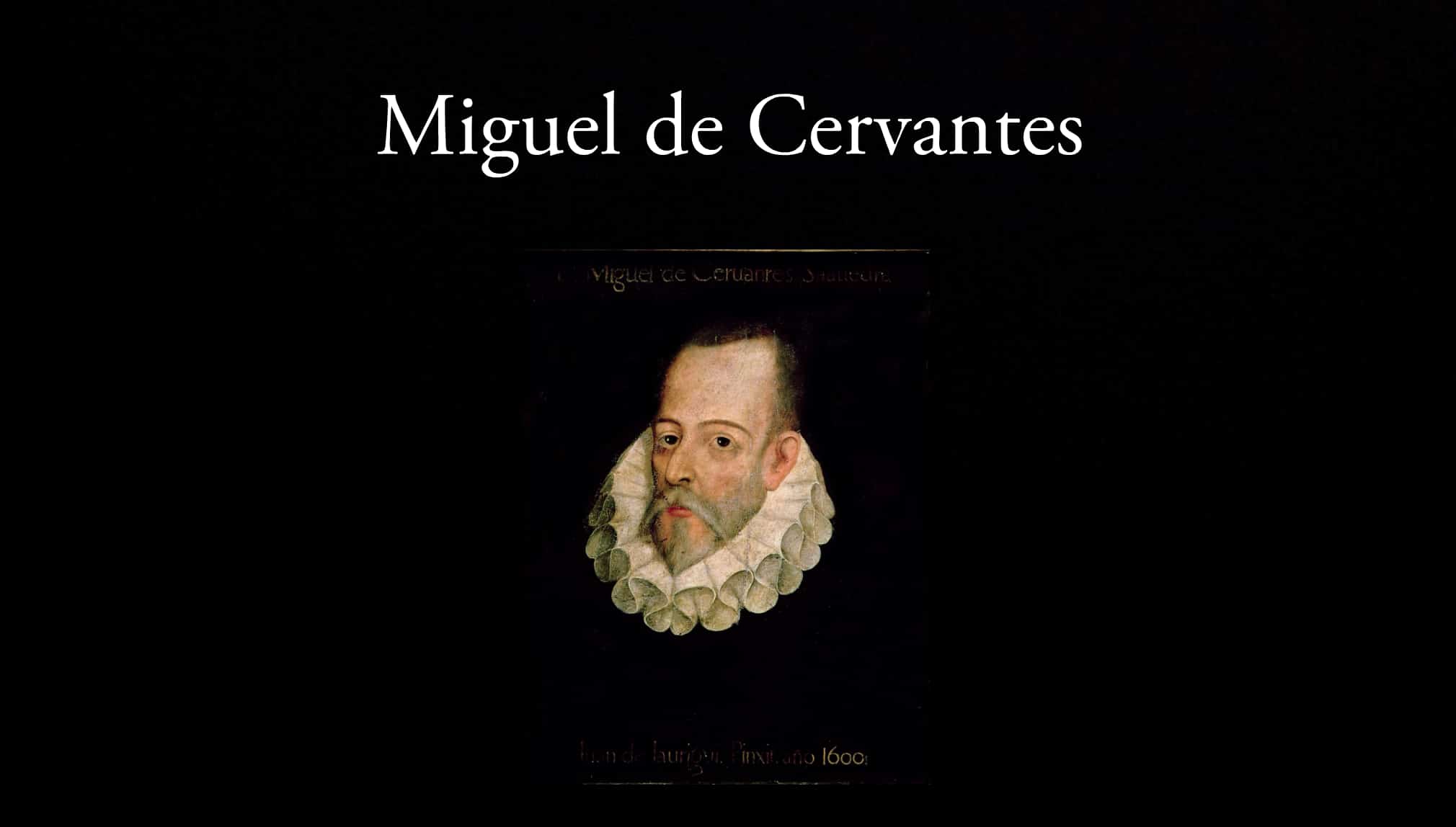
Types of poems.
Before describing the types of poems, it is necessary to define what a poem is. For the RAE (2020) it is a “poetic work normally in verse”. Therefore, they are texts belonging to the genre of poetry, endowed with meter and rhythm. The origins of this literary manifestation go back to the time of Ancient Greece.
The Gilgamesh Poem — of Sumerian origin (2500-2000 BC) —is probably one of the oldest written creations. For its part, it corresponds to the epic poem La Odyssey -Homer's— being one of the best-known compositions in this genre. From those magnanimous beginnings, poetry has evolved through different lyrical and traditional variants, with numerous styles of structuring, intonation modes, rhythm and melody.
Types of poems according to the western tradition
Lyric poem
Works of lyrical poetry were conceived to be recited together with a lyre (hence its name). In ancient times, the Hellenes used to compose poems characterized by their rhythm and musicality. Over the centuries, that harmony has been worked by poets through the use of rhetorical figures (alliteration, for example).
The lyrical poems express the "deep self" of the poet, as well as feelings of love or friendship. They are usually short poems (many of the great titles in the genre are sonnets). Apart from Francesco de Petrarca (1304 - 1374), the most remembered exponents of lyrical poetry were born during the 1808th century: José de Espronceda (1842 - 1836) and Gustavo Adolfo Bécquer (1870 - XNUMX).
epic poem
It is a composition designed more to be sung than to be recited. Like most poetic manifestations, epic poetry originated in Ancient Greece. Its most prominent representative was HomerAlthough it is impossible to leave out names like Hesiod or the Roman composer Virgil.
Characteristics of the epic poem
- The story is set in a distant period; the date is rarely stated.
- They are long texts, divided into chapters called songs.
- Topics of a religious nature (Theogony) or ideological (Aenida).
- He usually combines fantastic passages with real elements.
- Its objective is to exalt battles (songs of victory and bravery) or historical feats.
Basic questions to identify the type of poem, current parameters
- How many verses does it have in each stanza?
- How many metric syllables does it have in each verse?
- What is the type of rhyme (assonance or consonant)?
- Is there some kind of harmony and / or cadence between the verses?
- How are the verses combined in each stanza? (Metric characteristics).
Essential concepts to take into account
Assonance rhyme and consonant rhyme

Felix Lope de Vega.
To determine the type of rhyme, it is necessary to pay attention to the last stressed syllable of each verse. If only the vowels match, the rhyme is considered to be assonance (for example, candelabra and piecework). On the other hand, if the match is complete - in the sound of vowels and consonants - the rhyme is consonant; for example: admired and dazzled.
Verses of major art and verses of minor art
The differentiation in this case is very simple, just count the number of metric syllables present in each verse. If that amount is greater than eight, it is classified as a major art verse. On the other hand, if the number of syllables is eight or less, it is called a minor art verse.
Types of poems, classification according to the number of verses
Of two verses
Semi-detached:
Composed of two verses (regardless of whether they are of major art or minor art or the type of rhyme).
Of three verses
Third:
It is composed of three verses of major art and consonant rhyme.
Third:
It consists of three verses of minor art with consonant rhyme.
solea:
Similar to the third, although with an assonance rhyme.
Of four verses
Quartet:
Composed of four verses of major art, consonant rhyme in all of them.
Round:
It is composed of four verses of minor art with consonant rhyme.
Serventesian:
It consists of four verses of major art (usually hendecasyllables) with consonant and alternate rhymes (ABAB scheme).
Quatrain:
Composed of four verses of minor art (generally eight syllables) with consonant rhyme (abab scheme).
Couplet:
Composed of four eight-syllable verses of consonant rhyme.
Sash:
It is about four Alexandrian verses with consonant rhyme.
Of five verses
Quintet:
It consists of five verses of major art with consonant rhyme in all of them, where there are no more than two verses in a row with a similar rhyme.
Limerick:
It is made up of five verses of minor art and a variable consonant rhyme scheme.
Lira:
Presents two hendecasyllable verses plus three heptasyllable verses with consonant rhyme.
Of six verses
Broken foot or Manrique couplet:
Composed of verses of minor art and consonant rhyme.
Of eight verses
Royal Octave:
It presents eight verses of major art and consonant rhyme.
Pamphlet:
It is made up of eight verses of minor art in a variable consonant rhyme scheme.
Of ten verses
Tenth:
It is a composition of minor art verses with consonant or assonance rhyme, according to the author's taste. The arrangement of the rhymes is variable.

Miguel de Cervantes.
Now, the best known scheme is abba.accddc (with a period in the fourth line) and corresponds to the XNUMXth spinel. This composition was popularized by Vicente Espinel, hence its name. For his part, Miguel de Cervantes and Félix Lope de Vega, admired for the sound and expression of the stanzas achieved with the spinel, also served as diffusers of this poetic form.
Classification according to its composition
Sonnet:
It consists of fourteen hendecasyllable verses with consonant rhyme. Two quartets and two triplets, to be exact. Its distribution is: ABBA ABBA CDC CDC. Today many variants can be found in this regard, including those of great authors such as Rubén Darío. This type of poem originated in Italy by authors such as Petrarca and Dante Alighieri.
Romance:
It is a poetic composition with an indeterminate number of hendecasyllable verses. Where the pairs show assonance rhyme and the odd ones are free. Most scholars point out that the romance has an anonymous - popular origin.
Zejel:
It is a type of poem with a marked Arabic influence, differentiated by its initial chorus of two or three lines that rhymes with the last verse of the stanza. On the other hand, its number of verses is variable and there are always three monorhythmic verses in the stanza.
Carol:
It is a type of composition very similar to Zéjel, the difference is its presence of octosyllabic or heptasyllable verses. These are pieces deeply rooted in the Christmas tradition.
Silva:
Composed of an unlimited series of consonant heptasyllables or hendecasyllables (may include some individual verses). It is distinguished by its short distance between the rhyming verses.
Free verse:
They are works with a compositional style not based on conventional metric parameters. Now, the absence of rhyme and melody does not necessarily imply that they lack rhythm.
Other types of well-known poetic compositions
- Song
- Madrigal
- letrilla
- Haiku
- Oda
- Epigram
- Elegy
- Eclogue
Excellent exhibition, very complete and illustrious, especially important, for beginners, as is my case.
Greetings and success.
Stalin towers.